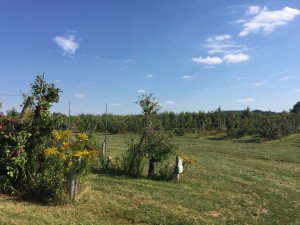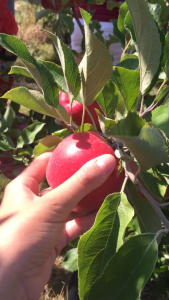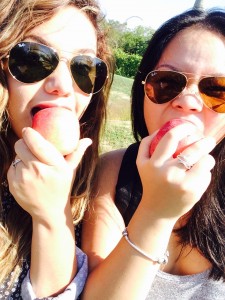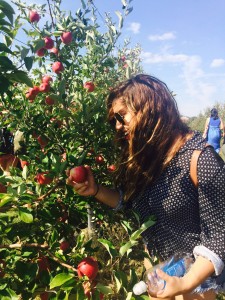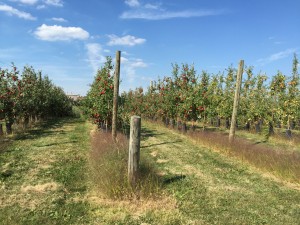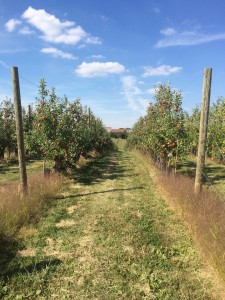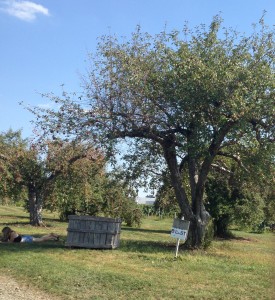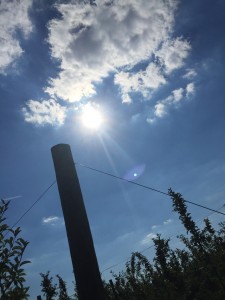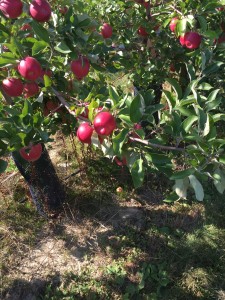When I first began to explore Cornell, I felt a sense of comfort. The juxtaposition of the underprivileged with the quirky, character riddled town transported me back to my own city. Although the culture of campus felt alien, the people foreign, the familiarity that the town provided, allowed me the chance to meld into life here in Ithaca. The people were genuine and layered; they had tales of struggles more akin to my own. Last Friday I was able to find a similar slice of home while still being reminded of the clash that was occurring.
For the first time I wandered over to the orchards and instantly felt cocooned by the remnants of my far flung home. The apples carried me back to Washington and the orchards reminded me of my family farm. However just as the transplanted of myself at Cornell jolted me so did a revelation revealed by our guide. The apples grown in the orchards were treated with pesticide. Although my friends found this to me expected I was taken aback. I had allowed the image that Cornell indirectly portrayed to shape my thoughts. The dairy produced at Cornell, the sense of liberalism, the fresh veggie and fruit punch cards, among other things had swayed me to believe that Cornell was more progressive and natural than the reality showed. The idea of the “perfect apple” began to appear and yet I saw it’s imperfections.
Later we were to learn that a small section of the orchard did contain organic apples. Our group trekked over to their small corner of the world and I felt more at peace. There was a nostalgia with these apples. They looked real, authentic, perhaps blemished and lacking the “perfection” but as they should be. Their value wasn’t in their appearance, or reputation but rather in their content, taste, feel. The bruises and fragility of their skin showed their character the same way the wrinkles in an old man’s face does. The proportion of these apples to the others made me feel sad. Yet I felt hope when our guide explained that the past year they had brought in wild honey bees instead of farmed ones to pollinate the crops. Perhaps going back to the simplicity of older times proved to have its own value, one that offered an alternate view where the colony collapse of our generation might be avoided. It seemed to me that the battered Ithaca apples might have an advantage to the “perfect” Cornell apples. After all the thing that is valued can take many forms, just like apples can.


